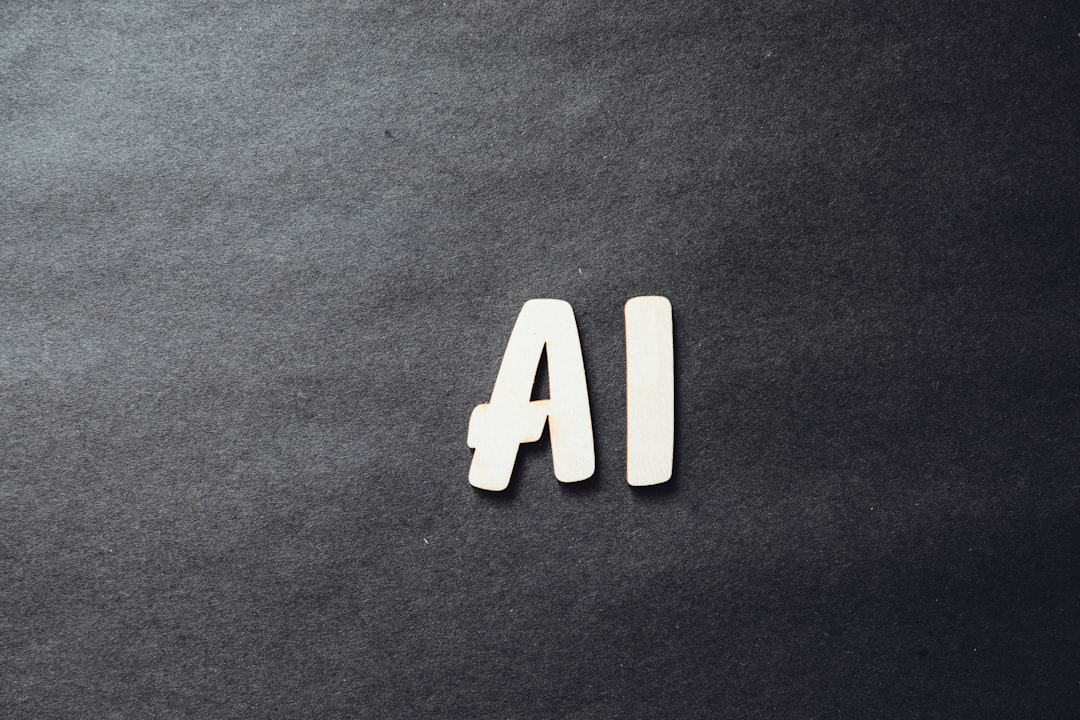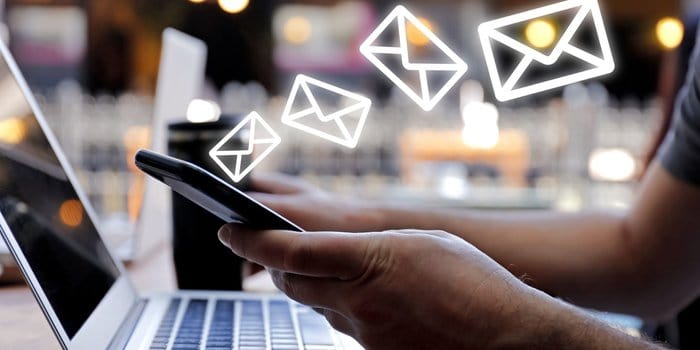In today’s competitive digital landscape, AI-powered landing pages are reshaping how U.S. marketers attract, engage, and convert visitors. Leveraging artificial intelligence to optimize landing pages isn’t just a trend — it’s a strategic necessity that can significantly improve ROI by tailoring user experiences and increasing conversion rates.
Whether you’re working in e-commerce, SaaS, or any B2B or B2C niche, understanding how AI can streamline workflows and boost performance is critical. Here’s what every U.S. marketer should know about this transformative technology.
What Are AI-Powered Landing Pages?
AI-powered landing pages are designed using machine learning algorithms and data-driven analytics to automatically test, adjust, and personalize content in real time. These tools go far beyond static web design. Instead, they respond dynamically to visitor behavior, customizing layout, text, and images to align with individual preferences or behaviors.
For example, if a visitor comes from a social media campaign tailored for young professionals in New York, the landing page can instantly adapt headlines, imagery, and offers suited to that audience. This level of contextual relevance can dramatically increase engagement and conversions.

The Core Benefits for Marketers
Integrating AI into your landing page strategy provides several tangible advantages:
- Improved Conversion Rates: AI continuously tests and refines page elements like CTAs and layout, identifying what works best for various segments.
- Personalization at Scale: AI-driven content delivery ensures that each user receives the most relevant experience — without having to manually create multiple versions.
- Faster A/B Testing: Traditional split testing can take days or weeks; AI can analyze performance in real time and make instant adjustments.
- Cost Efficiency: By automating repetitive tasks such as copywriting and layout recommendations, marketing teams save valuable time and resources.
Tools Making AI-Powered Landing Pages Possible
Several platforms have emerged that allow marketers to easily create and optimize AI-powered landing pages without needing extensive technical knowledge. Some of the most popular tools include:
- Unbounce: Offers Smart Traffic™, which automatically routes visitors to the best-performing version of a landing page.
- Instapage: Known for its experimentation and personalization features powered by machine learning.
- HubSpot CMS Hub: Combines CRM data and AI to dynamically personalize web content and landing pages for individual visitors.
- Jasper and Copy.ai: AI copywriting tools like these can generate landing page headlines, CTAs, and supporting copy in seconds.
When integrated with analytics and user behavior platforms such as Google Analytics or Hotjar, these tools give marketers a real-time window into page effectiveness and user interactions.
Email, SEO, and PPC Integration
Landing pages don’t exist in isolation — they’re deeply connected to other marketing channels. Here’s how AI-enhanced landing pages amplify other efforts:
- Email Marketing: Personalized landing pages can match dynamically with email content, improving click-through and conversion rates.
- SEO: AI tools can optimize on-page content, anticipate search trends, and recommend high-performing keywords to attract more organic visitors.
- PPC Campaigns: AI can match ad copy to customized landing pages for each keyword group, reducing bounce rates and increasing Quality Score.

Addressing Data Privacy and Compliance
As personalization increases through AI, so does the importance of privacy. U.S. marketers must stay compliant with data protection regulations like the California Consumer Privacy Act (CCPA) and be transparent about how user data is collected and used.
Responsible AI solutions allow for the anonymization of data, respect user consent, and offer clear opt-in mechanisms. Partnering with reputable software providers ensures you remain compliant while maximizing the advantages of AI personalization.
Looking Ahead: The Future of Conversion Optimization
The integration of AI in landing page design and optimization is only poised to deepen. Future developments may include:
- Voice-Activated Landing Pages: Responding to voice search and delivering content based on spoken queries.
- Emotion Detection: Using facial recognition or engagement metrics to adapt content in real time based on mood.
- Predictive Engagement: Forecasting visitor behavior to preemptively deliver the next step in the conversion journey.
For U.S. marketers, adopting AI-powered landing pages is not a question of “if” but “when.” Early adoption can drive serious competitive advantage — reducing costs, improving engagement, and radically boosting campaign performance.
Incorporating AI is no longer out of reach or reserved for tech giants. With the right tools and practices, marketers of all sizes can leverage this breakthrough technology to deliver smarter, faster, and more effective digital experiences.
